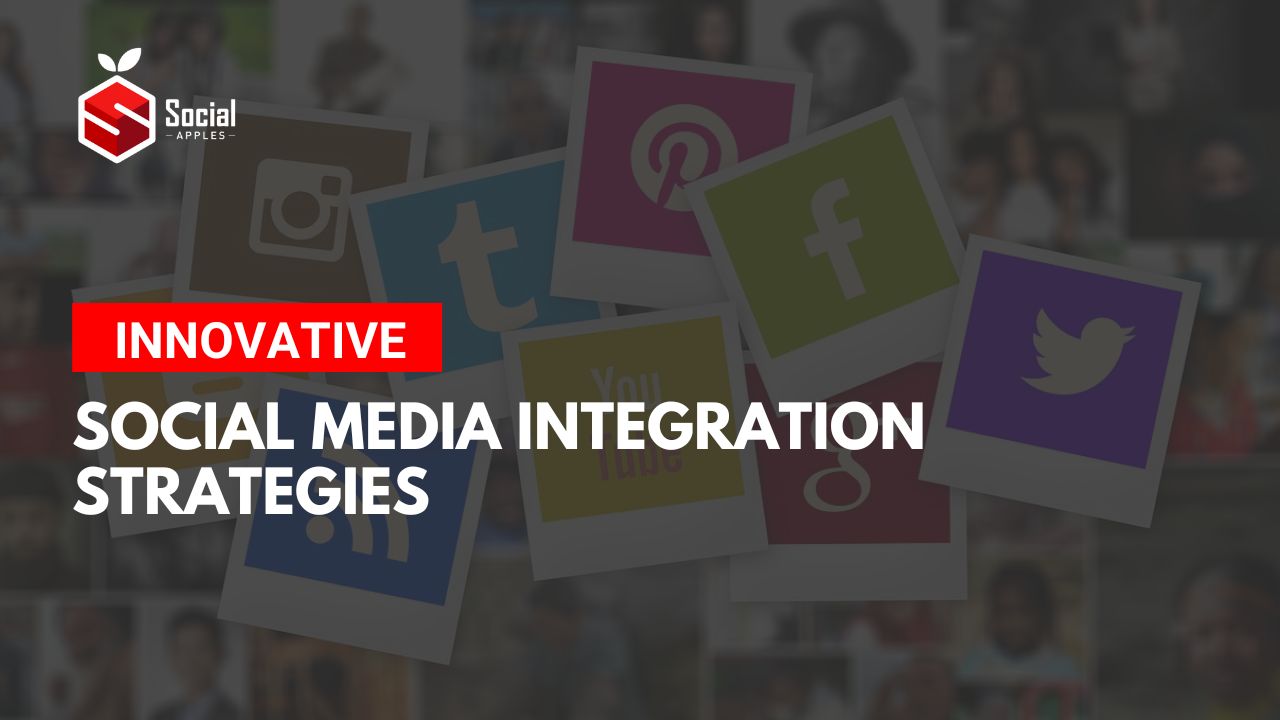We’re living in an era that relentlessly thrusts technology and connectivity into the laps of businesses. Organizations no longer have the luxury to simply adapt; they must innovate or perish. As a travel software development company who has spent a significant portion of my career grappling with the implications of data analytics, privacy, and technology’s impact on society, I can’t stress enough the critical role of thoughtful social media integration for businesses—especially those in the travel industry.

Contents
The Problematic Paradigm
One of the perennial problems that plague the travel industry is user engagement. Traditional methods—brochures, discount offers, and email marketing—have lost their resonance. People are inundated with information. But, alas, most of this information is useless noise. The challenge is to cut through this cacophony and engage with the potential traveler on a meaningful level. This is where social media integration comes to play.
The Crucial Pivot. From Passive to Active
Merely having a social media presence is passé. It’s akin to setting up a lemonade stand in the middle of the Sahara; it exists but engages no one. Social media should not be a passive billboard but a dynamic interface. The industry needs to shift its focus from passive advertisement to active engagement. But what does that really mean?
Strategy 1. User-Generated Content as Social Proof
For instance, harness the power of user-generated content (UGC). A recent report indicates that 92% of consumers trust organic, user-generated content more than traditional advertising.
Why? Because we inherently trust the judgment of our peers. Imagine a feature within your travel app that curates user-generated photos from Instagram—tagged at your holiday resorts or taken during your guided tours—and showcases them within the app interface in real-time. By leveraging API integrations with social media platforms, not only do you offer social proof, but you also keep the content fresh and dynamic.
Strategy 2. Real-Time Interactivity Through Social Channels
Create real-time engagement tools that amalgamate functionalities from platforms like Twitter or Facebook. Picture this: A potential traveler tweets asking for recommendations for eco-friendly hotels in Bali.
Your social media scanner picks up the tweet in real-time, your AI-powered backend sifts through your inventory, and instantly responds with personalized options. This creates a fascinating synergy between live customer service and algorithmic intelligence, resulting in higher engagement.
Strategy 3. Gamified Rewards Linked to Social Sharing
Incorporate gamification techniques coupled with social media tasks to keep the user engaged. Create a rewards system for users who share their travel itinerary, write a review, or share photos on their social media profiles. This serves the dual purpose of boosting engagement and providing free marketing. Also, check out How to Set Facebook Marketplace Settings to Local Only?
Ethical Imperatives. The Double-Edged Sword
However, with great power comes great responsibility. While you leverage social data to tailor your offers and engagement, you also owe the users stringent data privacy measures. GDPR and CCPA are not just compliance checkboxes but ethical imperatives. Transparency should be the cornerstone upon which your social media strategies rest. Disclose how you intend to use the data and offer opt-out mechanisms.
On the Horizon. Decentralized Social Media and Beyond
Looking into the near future, the advent of decentralized social media platforms will undoubtedly affect user engagement models. Blockchain-based validation systems could provide a new layer of trusted user reviews and content, radically changing how we approach social proof.
Conclusion. A Dynamic Tapestry
Social media integration is no longer optional; it’s an operational necessity. But remember, it’s not just about technology; it’s about weaving a tapestry of authentic experiences and meaningful interactions. The travel industry, being intrinsically linked to exploration and human experiences, has an unparalleled opportunity to pioneer these innovative strategies.
The train has left the station. It’s time to either get on board or get left behind.













